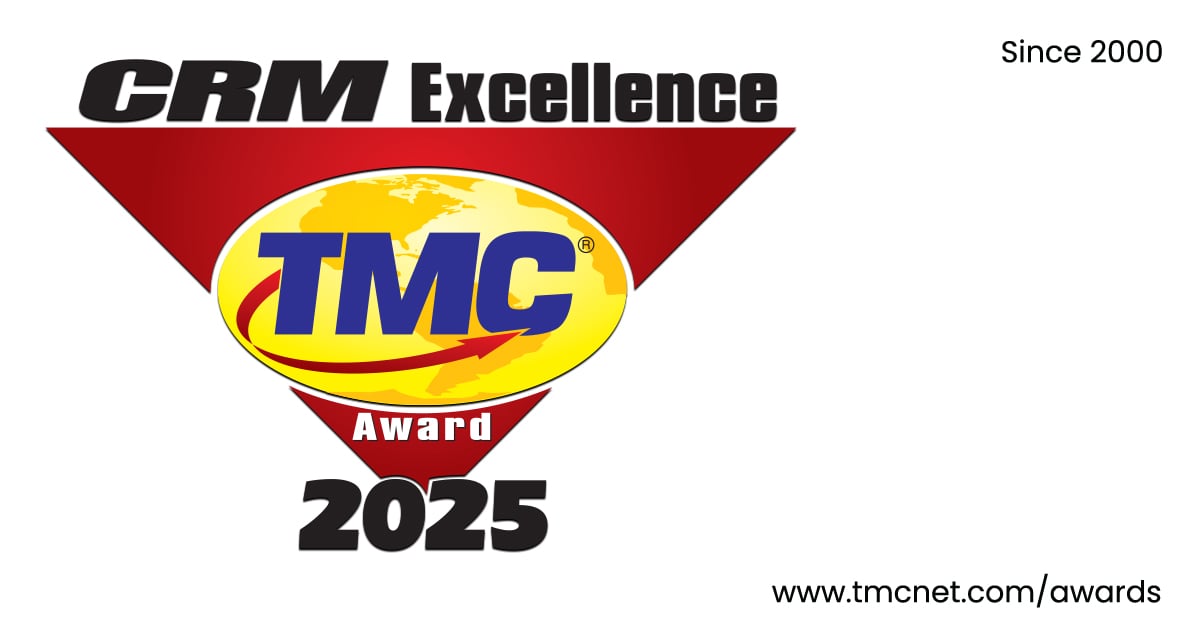
As are so many businesses currently, contact centers are faced with the reality of telework mandates from governments, requiring all non-essential businesses to implement work-at-home policies to reduce the spread of COVID-19. The contagious virus has infected more than 750,000 people across the globe, a figure that has been rising over the past few weeks.
For businesses that have adopted cloud-based solutions, already, the transition is one of mindset than technology. But, for the many that are still using their legacy systems, the situation is more than a nuisance or a distraction – it’s a complete disruption of workflows and productivity as cloud solutions have to be deployed and essential capabilities have to be made available.
For contact centers, it’s more complex than simply moving to a cloud UC provider and porting over phone numbers. Customer databases have to be integrated, along with back-end systems, IVRs, and scripting to ensure seamless customer service. Even if they recognize and understand issues resulting from the crisis, customers eventually lose patience and experiences can turn from patient to strained very quickly.
“The challenge in providing support for home agents, for most contact centers, is to identify essential services and get them deployed quickly in the cloud,” said Michael McKinlay, Sytel CEO.
He says the key is to get the critical capabilities rolled out immediately, followed by additional services in a more planned rollout.
Recently, Sytel was approached by a company needing a 200-seat contact center migrated to the cloud over the weekend. The request came in Friday night and Sytel set to work deploying its
Softdial Contact Center (SCC). SCC is a full-featured cloud-based contact center stack that enables remote and work-at-home agents who need only a web browser, headset and a basic Internet connection.
Over the course of the weekend, Sytel installed its Softdial Contact Center on the customer’s virtualized infrastructure, connected to the telephony provider, provided assistance on configuring call queues and routing, enabled browser connectivity through its WebRTC gateway, helped the customer write scripts for agents, and integrated the systems with the customer’s database to enable real-time customer scripting.
In addition, back-office systems were integrated, the IVR system was brought online, and admin reports and agent performance tools were set up.
Monday morning, when agents went to work from their homes, they had a fully functioning system at their disposal and agents were able to function effectively wherever they were located. Furthermore, the contact center is now positioned to handle any future disruptions, and to enable flexible work arrangements and expanded hiring practices, no longer limited by its legacy solution.
The latest trends in customer engagement and experience, including cloud-based solutions, automation, AI, and messaging/communication tools, and how they can benefit organizations and their communities of customers and users, is the crux of Future of Work Expo 2021. Taking place at the brand new Miami Beach Convention Center, June 22-25, 2021 as part of the #TechSuperShow. Future of Work will again sit beside its collocated events – ITEXPO, SD-WAN Expo, MSP Expo, IoT Evolution, The Blockchain Event, and more – to deliver a compete learning and networking opportunity for business leaders who need to know what new technologies will drive their companies into the future.
Edited by
Erik Linask





